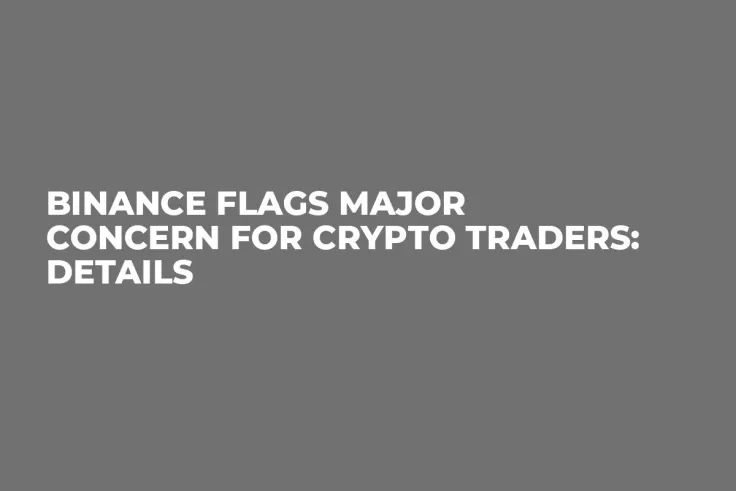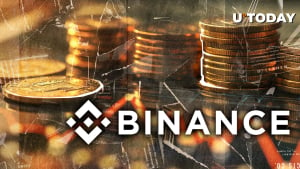
Disclaimer: The opinions expressed by our writers are their own and do not represent the views of U.Today. The financial and market information provided on U.Today is intended for informational purposes only. U.Today is not liable for any financial losses incurred while trading cryptocurrencies. Conduct your own research by contacting financial experts before making any investment decisions. We believe that all content is accurate as of the date of publication, but certain offers mentioned may no longer be available.
Major crypto exchange Binance has issued a crucial warning to the crypto community regarding a surge in fake token scams. In a recent tweet, Binance alerted crypto traders and investors to a growing threat, in which fraudsters are creating fake crypto assets that closely mimic legitimate tokens.
"Fake token scams are on the rise. Fraudsters are creating fake crypto assets to mimic legit ones, then using them to steal funds or data. Stay sharp. Always DYOR," Binance wrote.
In a blog post, Binance explained a fake token attack as a type of cryptocurrency scam in which malicious actors create counterfeit or fraudulent tokens that mimic legitimate cryptocurrencies.
These fake tokens are designed to deceive investors and traders into believing they are purchasing or trading a genuine asset, which might lead to financial losses or other negative consequences, such as identity theft.
Susbarium, a Shiba Inu-focused X account dedicated to protecting the crypto community and exposing scams, issued a similar warning on unofficial tokens. Susbarium stated that certain groups are attempting to exploit the Shiba Inu ecosystem by launching unofficial tokens while making false claims of affiliation with SHIB.
Safety tips
In its blog post, Binance provided a few tips for identifying a fake crypto token, such as verifying the contract address, using risk assessment tools and staying updated.
Every digital token has a contract address associated with it. As a safety precaution, crypto users are urged to always obtain contract addresses from official sources. They could also utilize risk assessment tools to detect scams.
Contract code analysis, swap analysis and liquidity analysis are the most fundamental ways of detecting token risks but might pose technical challenges because they demand a certain level of coding and blockchain-specific knowledge. Users unfamiliar with the technical components of digital assets might rely on consumer tools developed to assist in risk assessment.
Staying up-to-date on industry trends is also one strategy to reduce scam-related risks in the cryptocurrency space. Crypto traders could also check for red flags in token metrics like zero or exceptionally low prices, market capitalization and liquidity to spot fake tokens. A genuine token should have consistent and fair metrics proportional to the number of holders. The last is to beware of unofficial channels.

 Dan Burgin
Dan Burgin Vladislav Sopov
Vladislav Sopov U.Today Editorial Team
U.Today Editorial Team